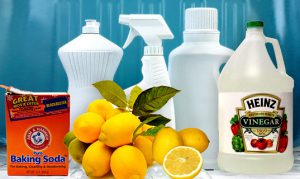1| Know your purpose/why: Being successful in a career means knowing your passion and chasing it. It also involves developing powerful habits and acquiring knowledge along with an optimistic outlook that makes you more efficient at work. The same goes for homemaking. You need to be so passionate that people start respecting your job. But before that, know if homemaking is for you? You’re only going to enjoy something if you are passionate about it. You are likely to do better at things you enjoy. If homemaking is something you love, you’ll never work a day in your life. 2| Appreciate your job expectations: In a professional job, you’re aware of what your employer is seeking. To achieve success at work, you work hard, be productive, and fulfill all the skills listed in your job description. You learn the mission and goals of the organization. And do your utmost to achieve the goals and help the business attain its mission. In the same manner, first, be aware of what is expe...




Comments
Post a Comment